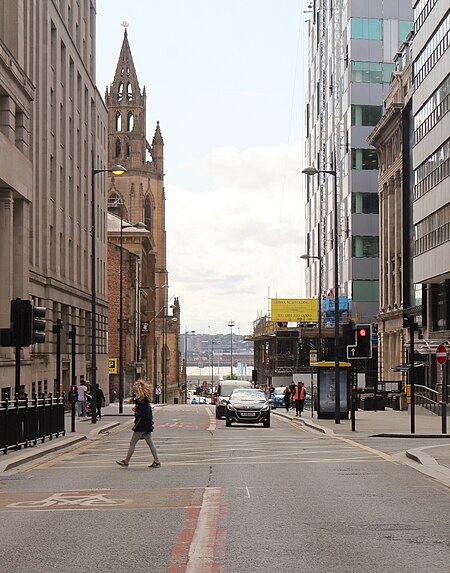Liverpool Maritime Mercantile City is a former UNESCO designated World Heritage Site in Liverpool, England, that comprised six locations in the city centre including the Pier Head, Albert Dock and William Brown Street, and many of the city's most famous landmarks.
UNESCO received Liverpool City Council's nomination for the six sites in 2003 and sent ICOMOS representatives to carry out an evaluation on the eligibility for these areas to be given World Heritage Site status. In 2004, ICOMOS recommended that UNESCO should award Liverpool Maritime Mercantile City World Heritage Site status. Its inclusion by UNESCO was attributed to it being "the supreme example of a commercial port at a time of Britain's greatest global influence."In 2012, the site was added to the List of World Heritage in Danger due to the proposed Liverpool Waters project. In 2017, UNESCO warned that the site's status as a World Heritage Site was at risk of being revoked in light of contemporary development plans, with English Heritage asserting that the Liverpool Waters development would leave the setting of some of Liverpool's most significant historic buildings "severely compromised", the archaeological remains of parts of the historic docks "at risk of destruction", and "the city's historic urban landscape [...] permanently unbalanced."In 2021, Liverpool City Council's planning committee approved Everton F.C.'s new £500m football stadium in Bramley-Moore Dock, within Liverpool Waters. This decision was ratified by the Secretary of State for Housing, Communities and Local Government, Robert Jenrick. Following this, UNESCO's World Heritage Committee voted to revoke the site's World Heritage status.









